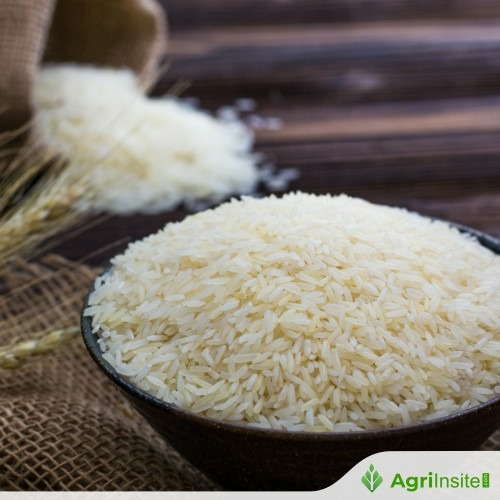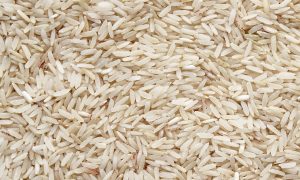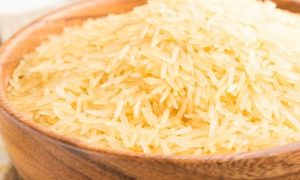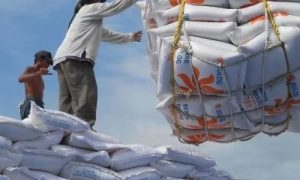Rice prices may fall from May, rise again in Aug: USDA

Rice prices in Bangladesh may ease for 2–3 months from May due to increased Boro season supply, says the USDA. However, prices could rise again by August amid high production costs and possible blast disease risks. Despite flooding and inflationary pressures, Boro output is expected to remain steady at 2.05 crore tonnes, barring further weather shocks.
Rice prices in Bangladesh are expected to fall from May for two to three months due to increased market supply but may climb again in August, according to a report by the US Department of Agriculture (USDA).
The forecast comes at a time when the cost of the food staple remains stubbornly high, placing further strain on fixed- and low-income households amid persistently high inflation.
In its latest Grain and Feed Annual report on Bangladesh released last week, the USDA said that rice prices reached record levels in 2025.
Quoting data from the Trading Corporation of Bangladesh (TCB), the agency said the average retail price of coarse rice in Dhaka was Tk 52.9 per kilogramme in February — up 6.3 percent compared to the same month last year.
“Since October 2023, the coarse rice price has risen slightly every month, primarily due to inflation, higher milling costs, higher paddy production costs, and an inefficient supply chain,” the report said.
The USDA said that the rice supply chain involves numerous market actors, which ultimately drive up consumer prices.
A major factor behind the surge was the flooding in August 2024, which wiped out around 200,000 hectares of Aman-season rice and reduced yields.
In response, the government slashed import tariffs for private traders and initiated international procurement of rice through both open tenders and government-to-government deals.
“Despite these efforts, rice prices continue to rise in the local market,” the USDA said.
The agency projected that Bangladesh — the world’s third-largest rice producer — could harvest 2.05 crore tonnes of milled rice during this Boro season, with harvesting already under way in the northeastern region.
The production figure matches last year’s output. The USDA added that farmers were anticipating a good harvest of Boro as of March 2025.
“No natural disasters, such as droughts, heatwaves, cyclones, or pest outbreaks, have been reported yet,” the report said.
Referring to the Boro harvest, it said prices are likely to drop from May as fresh supply enters the market. However, given the persistently high cost of production, the agency said that prices could start rising again in August this year.
Boro rice — accounting for more than half of Bangladesh’s annual rice production — is usually transplanted between December and January and harvested from April to May. The crop is heavily reliant on irrigation.
Rising production costs
The USDA said that the cost of Boro rice cultivation continues to rise each year due to higher irrigation charges, pricier fertilisers, and increased labour wages.
Bangladesh’s rice farming still depends heavily on manual labour owing to limited mechanisation.
“Farmers in the northern part of the country reported that labour wages were particularly high this year, especially during the peak transplantation period. They also anticipate even higher wages during the Boro rice harvest due to a labour shortage,” the report said.
Quoting officials from the agriculture ministry, it added that wages for agricultural labourers in the north had increased by 15–20 percent this season.
Farmers primarily draw groundwater for irrigation during Boro cultivation. Amid soaring temperatures, many have had to water their fields more frequently — further inflating production costs, said the report.
Heatwave raises concern over blast disease
Despite favourable acreage and weather conditions until March, the current heatwave has sparked fears of a potential blast disease outbreak in Boro fields.
In a special bulletin last week, the Bangladesh Rice Research Institute (BRRI) said that 18 districts were highly vulnerable to the heatwave. Farmers were urged to keep water in their fields throughout the heatwave to protect the crop.
To curb the threat of blast disease, BRRI recommended immediate fungicide application upon detecting symptoms.
“The current weather is favourable to blast. So, we have recommended the use of fungicide as soon as farmers observe symptoms of blast,” said Mohammad Khalequzzaman, director general
(routine charge) of BRRI.
He added that the crop appeared healthy so far. “There is sound growth. I think Boro production will be good this season, if the weather remains favourable,” he said.
To Read more about Rice News continue reading Agriinsite.com
Source : The Daily Star

















